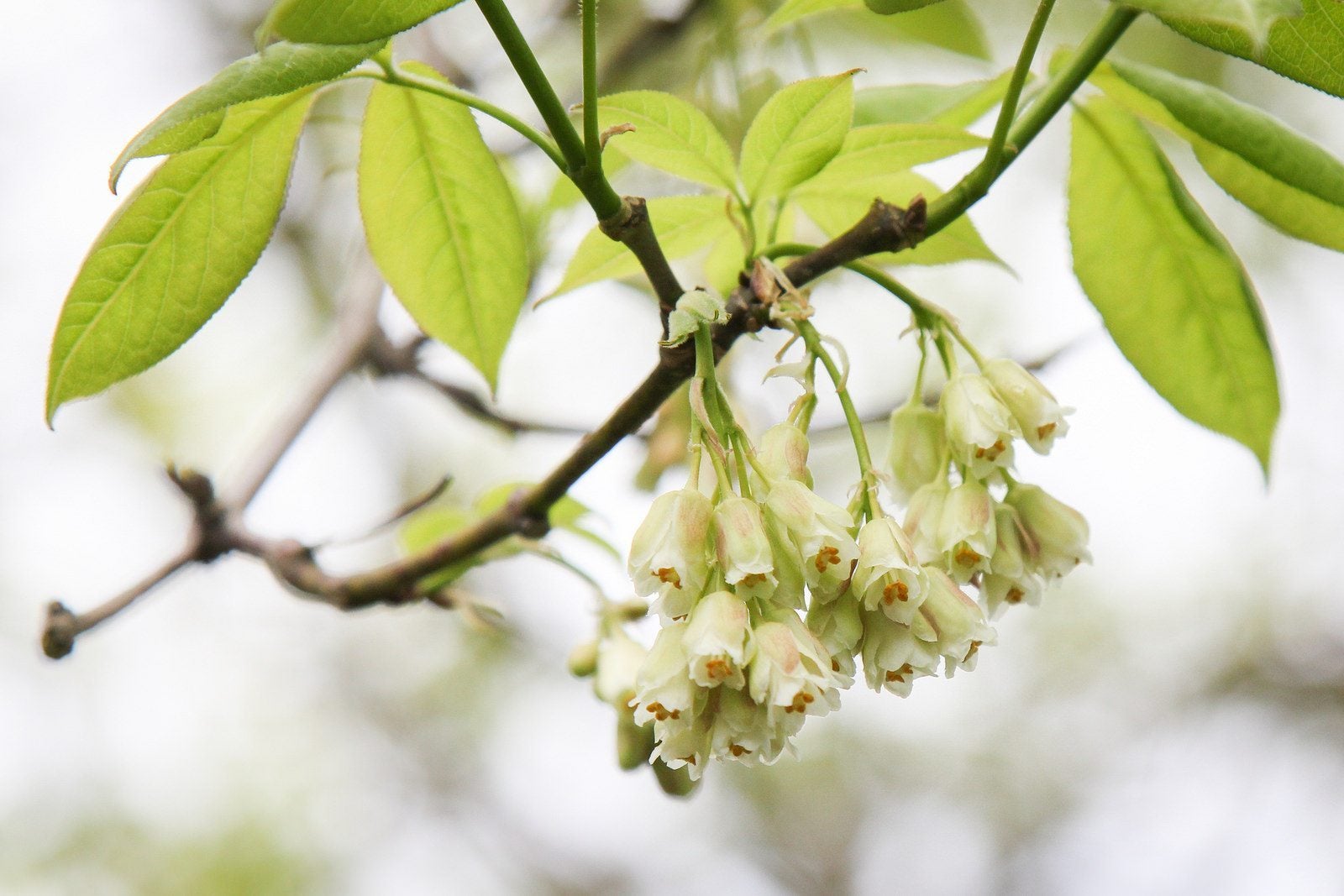What Is An American Bladdernut: How To Grow An American Bladdernut


What is an American bladdernut tree? It’s a large shrub native to the U.S. According to American bladdernut information, the plant bears small, attractive flowers. If you are interested in growing an American bladdernut (Staphylea trifolia), read on. You’ll find additional American bladdernut information as well as tips on how to grow an American bladdernut.
What is an American Bladdernut Tree?
If you aren’t familiar with this shrub, you may ask “what is an American bladdernut?” It is a plant native to eastern North America, from Ontario down through Georgia. Bladdernut is especially common in bottomland forests and can often be found along streams. You can grow an American bladdernut as either a shrub or a small tree, depending on how you prune it. American bladdernut information tells us that the shrub can grow to a height of 12 or 15 feet (4-5 m.) tall. It’s an easy-care plant requiring little care. If you are thinking of growing an American bladdernut, you’ll want to learn more about this plant. Its ornamental features include distinctive, toothed leaves and pretty little bell-shaped flowers. The flowers are creamy white with a greenish tint. They appear in spring, growing in hanging clusters. Ultimately, the flowers develop into interesting fruit that look like small, inflated pods. The pods appear green, then mature to light brown in late summer. After they mature, the seeds shake inside them like a rattle.
How to Grow an American Bladdernut
If you want to start growing an American bladdernut tree, you’ll need to live in a fairly cool climate. According to American bladdernut information, it thrives in USDA plant hardiness zones 4 through 7. One reason to grow these trees is the ease of American bladdernut care. Like most native plants, American bladdernut is very undemanding. It grows in almost any soil, including moist, wet, and well-drained, and also tolerates alkaline soil. Don’t worry too much about the site. You can plant the seedling in a full sun site, a partial shade site, or a full shade site. In any setting, its required care is minimal.
Gardening tips, videos, info and more delivered right to your inbox!
Sign up for the Gardening Know How newsletter today and receive a free copy of our e-book "How to Grow Delicious Tomatoes".

Teo Spengler is a master gardener and a docent at the San Francisco Botanical Garden, where she hosts public tours. She has studied horticulture and written about nature, trees, plants, and gardening for more than two decades. Her extended family includes some 30 houseplants and hundreds of outdoor plants, including 250 trees, which are her main passion. Spengler currently splits her life between San Francisco and the French Basque Country, though she was raised in Alaska, giving her experience of gardening in a range of climates.
-
 5 Tough Urban Trees That Thrive In Cities – Top Picks For Urban & Suburban Landscapes
5 Tough Urban Trees That Thrive In Cities – Top Picks For Urban & Suburban LandscapesExplore the best urban trees that will add value to even the most challenging of landscapes. Get growing with these ideas and enjoy all the benefits of trees.
By Teo Spengler
-
 7 New & Improved Cultivars Of Old-Fashioned Plants – These Aren’t Your Grandma’s Plants!
7 New & Improved Cultivars Of Old-Fashioned Plants – These Aren’t Your Grandma’s Plants!Old is new again! These old-fashioned plants have new cultivars that are sure to thrive in your garden and bring the charm factor. Neighbors will be envious!
By Mary Ellen Ellis